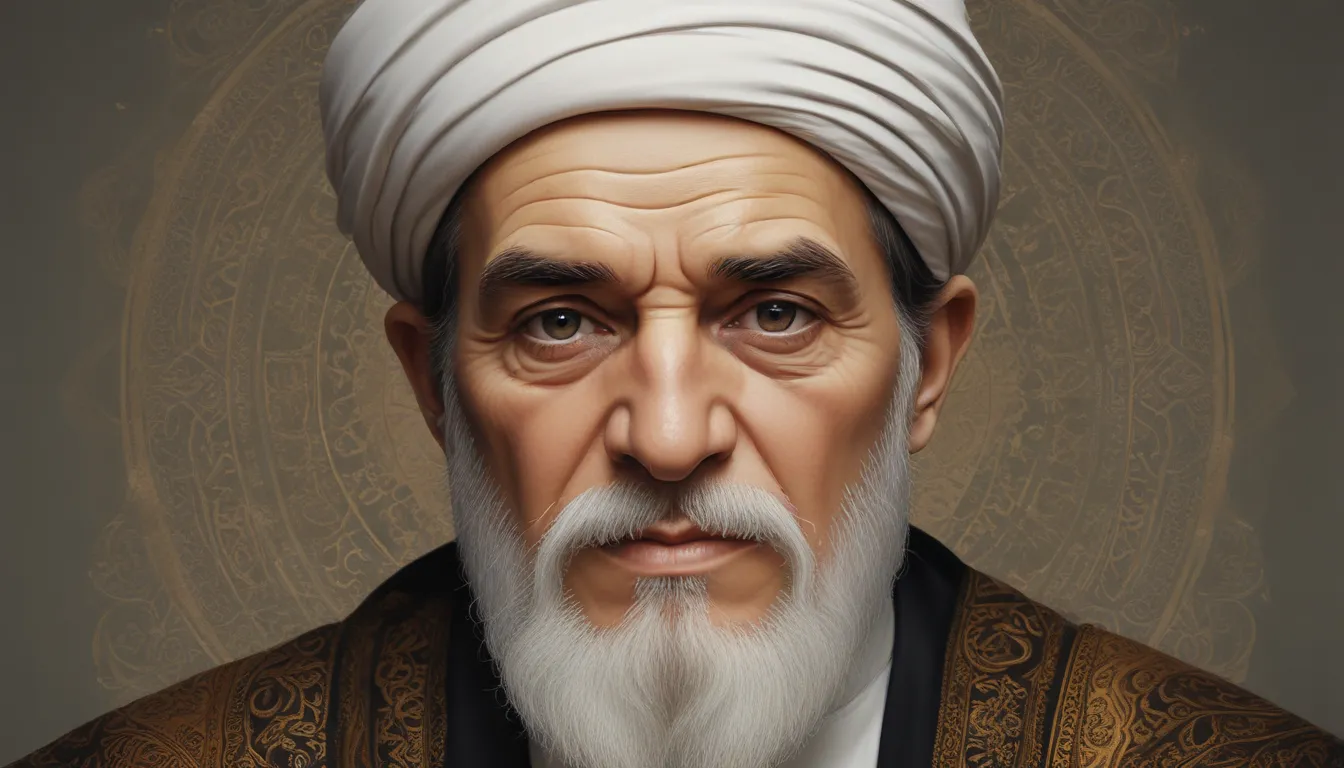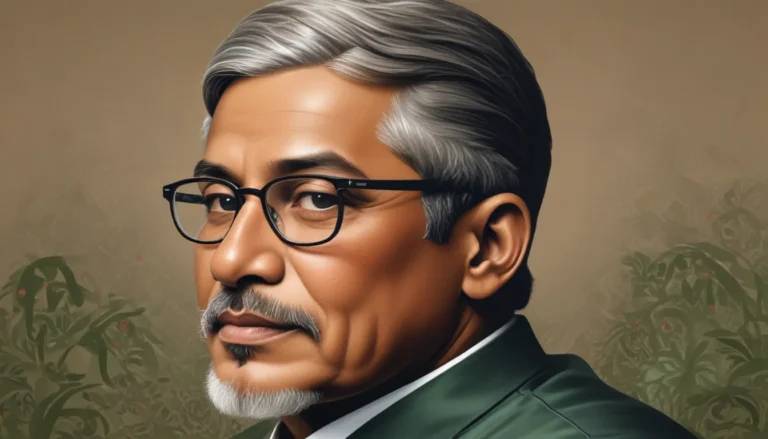The images in our articles may not match the content exactly. They are used to grab your attention, not to show the exact details in the text. The images complement the text but do not replace it.
Ayatollah Ruhollah Khomeini, a towering figure in Iranian history and the Islamic revolution, continues to intrigue minds with his profound impact on religion, politics, and society. From his early days as a religious scholar to his leadership during the revolution and his subsequent role as the Supreme Leader of Iran, Khomeini’s journey is filled with captivating facts that shed light on his life, ideologies, and influence.
Unveiling the Life of Ayatollah Khomeini
Ayatollah Khomeini, born as Ruhollah Musavi Khomeini, entered the world on September 24, 1902, in the modest town of Khomein, Iran. His charismatic leadership and staunch opposition to the Shah’s regime played a pivotal role in the Islamic Revolution of Iran, leading to the overthrow of the monarchy and the establishment of an Islamic republic in the country. However, his strong stance against the Shah’s policies resulted in his exile in 1964, where he spent over a decade in various countries, including Turkey, Iraq, and France.
The Controversial Figure of Ayatollah Khomeini
One of the most controversial aspects of Ayatollah Khomeini’s legacy was his views on women’s rights. While he supported the idea of women’s participation in society, his implementation of conservative policies such as mandatory hijab and restrictions on women’s freedoms drew both admiration and criticism. Additionally, Khomeini was known for his staunch anti-Western stance, believing in the preservation of Iran’s independence and resisting Western influence, particularly from the United States.
The Influence and Ideological Legacy of Ayatollah Khomeini
Throughout his life, Ayatollah Khomeini authored numerous influential books covering a wide range of topics, including Islamic theology, politics, and social issues. Some of his notable works include “Islamic Government,” “The Last Sermon,” and “Forty Hadiths.” As a revered religious figure holding the highest-ranking title of Marja’ al-Taqlid, he served as a source of emulation for Shia Muslims worldwide. His return to Iran in 1979 sparked mass demonstrations, leading to a significant turning point in the Islamic Revolution.
The Enduring Impact of Ayatollah Khomeini
Ayatollah Khomeini’s influence continues to shape Iranian politics and society, with his ideological legacy playing a significant role in the principles of the Islamic Republic of Iran. Despite being both revered and criticized for his authoritarian leadership style, his memory lives on in the hearts of many Iranians. His mausoleum, the Imam Khomeini Mausoleum, remains a popular pilgrimage site, attracting millions of visitors seeking spiritual solace.
Exploring the Legacy of Ayatollah Khomeini
Ayatollah Khomeini’s enduring impact on Iran’s political landscape and his influential role in the Islamic Revolution have solidified his place in history. From his powerful speeches inspiring millions to his complex legacy encompassing both admiration and criticism, Ayatollah Khomeini’s life provides valuable insights into the historical context of modern Iran. Understanding the complexities of figures like Ayatollah Khomeini helps us unravel the intricacies of the world we live in today.
FAQs About Ayatollah Khomeini
-
Who was Ayatollah Khomeini?
Ayatollah Khomeini was an Iranian religious and political leader who played a crucial role in the Iranian Revolution of 1979. He served as the Supreme Leader of Iran from 1979 until his death in 1989. -
What is Ayatollah Khomeini’s impact on Iran?
Ayatollah Khomeini’s impact on Iran was vast. He established an Islamic Republic in Iran, implemented fundamentalist policies, and reshaped the country’s political, social, and religious landscape. -
What were Ayatollah Khomeini’s religious beliefs?
Ayatollah Khomeini was a prominent Shia Muslim cleric who followed the teachings of Shia Islam and believed in the importance of Islamic law, known as Shariah, as the foundation for a just society. -
How did Ayatollah Khomeini influence the Iranian Revolution?
Ayatollah Khomeini played a pivotal role in leading and mobilizing the Iranian Revolution, with his calls for an Islamic state and charismatic leadership galvanizing the Iranian people to overthrow the Shah’s regime. -
What is Ayatollah Khomeini’s legacy?
Ayatollah Khomeini’s legacy is complex, with differing views on his authoritarian rule, conservative policies, and impact on Iran and the wider Muslim world still subject to debate and analysis. -
Where is Ayatollah Khomeini buried?
Ayatollah Khomeini is laid to rest in a mausoleum in Tehran, Iran, known as the Imam Khomeini Shrine, which serves as an important religious pilgrimage site for Shia Muslims.
Ayatollah Ruhollah Khomeini’s legacy remains a focal point in Iranian history, with his life and teachings continuing to shape the country’s cultural, political, and religious landscape. By immersing ourselves in the captivating journey of Ayatollah Khomeini, we gain a deeper understanding of his impact on Iran and the enduring legacy he left behind.






